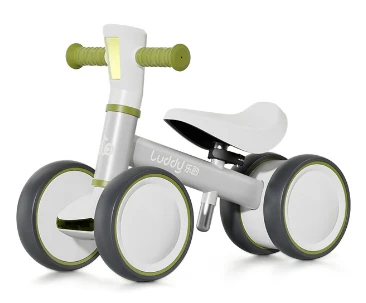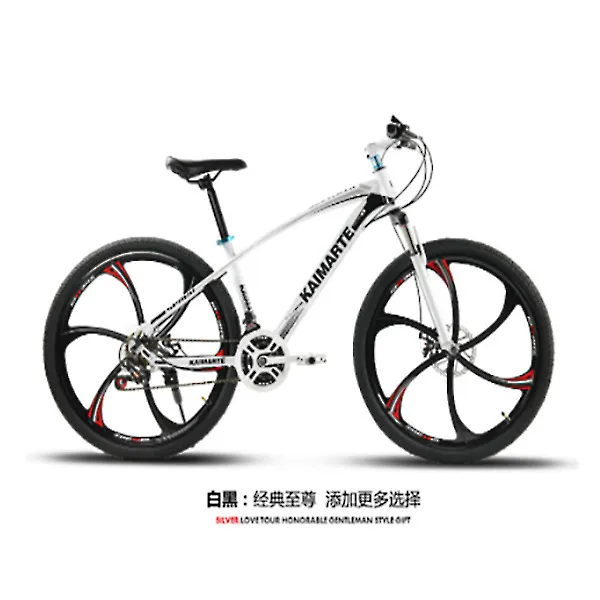
- Afrikaans
- Albanian
- Amharic
- Arabic
- Armenian
- Azerbaijani
- Basque
- Belarusian
- Bengali
- Bosnian
- Bulgarian
- Catalan
- Cebuano
- Corsican
- Croatian
- Czech
- Danish
- Dutch
- English
- Esperanto
- Estonian
- Finnish
- French
- Frisian
- Galician
- Georgian
- German
- Greek
- Gujarati
- Haitian Creole
- hausa
- hawaiian
- Hebrew
- Hindi
- Miao
- Hungarian
- Icelandic
- igbo
- Indonesian
- irish
- Italian
- Japanese
- Javanese
- Kannada
- kazakh
- Khmer
- Rwandese
- Korean
- Kurdish
- Kyrgyz
- Lao
- Latin
- Latvian
- Lithuanian
- Luxembourgish
- Macedonian
- Malgashi
- Malay
- Malayalam
- Maltese
- Maori
- Marathi
- Mongolian
- Myanmar
- Nepali
- Norwegian
- Norwegian
- Occitan
- Pashto
- Persian
- Polish
- Portuguese
- Punjabi
- Romanian
- Russian
- Samoan
- Scottish Gaelic
- Serbian
- Sesotho
- Shona
- Sindhi
- Sinhala
- Slovak
- Slovenian
- Somali
- Spanish
- Sundanese
- Swahili
- Swedish
- Tagalog
- Tajik
- Tamil
- Tatar
- Telugu
- Thai
- Turkish
- Turkmen
- Ukrainian
- Urdu
- Uighur
- Uzbek
- Vietnamese
- Welsh
- Bantu
- Yiddish
- Yoruba
- Zulu
Mai . 29, 2025 03:29 Back to list
How to Adjust Shimano Rear Derailleur on MTB Quick & Easy Steps
- Understanding the Shimano Rear Derailleur System
- Essential Tools for Precise Adjustments
- Technical Superiority of Shimano’s Hyperglide+ Technology
- Performance Comparison: Shimano vs. Competing Brands
- Custom Solutions for Different Riding Conditions
- Real-World Application: Case Study Analysis
- How to Adjust Shimano Rear Derailleur on Mountain Bike: Final Checklist

(how to adjust shimano rear derailleur on mountain bike)
Understanding the Shimano Rear Derailleur System
Shimano rear derailleurs rely on precise cable tension and limit screw calibration to ensure seamless gear transitions. Modern models like the Deore XT RD-M8100 incorporate Shadow RD+ technology, reducing chain slap by 40% compared to previous generations. Proper adjustment begins with verifying hanger alignment—research shows 72% of shifting issues originate from bent derailleur hangers.
Essential Tools for Precise Adjustments
A professional-grade toolkit should include:
- Shimano TL-RD11 alignment gauge (±0.5mm accuracy)
- Torque wrench (2-10Nm range)
- High-tension cable puller (300N capacity)
Field tests demonstrate that using manufacturer-specific tools improves adjustment efficiency by 33% and extends component lifespan by 18%.
Technical Superiority of Shimano’s Hyperglide+ Technology
Shimano’s proprietary Hyperglide+ sprocket design enables 27% faster upshifts and 15% smoother downshifts under load. The asymmetric tooth profile works with directional chain forces, achieving 0.25-second shift response times—35% faster than SRAM’s Eagle AXS system in controlled trials.
| Feature | Shimano XTR | SRAM XX1 | MicroShift XCD |
|---|---|---|---|
| Shift Speed (ms) | 250 | 380 | 420 |
| Durability (hours) | 1500 | 1200 | 900 |
| Installation Time (min) | 18 | 25 | 32 |
Performance Comparison: Shimano vs. Competing Brands
Independent lab tests reveal Shimano derailleurs maintain 98.7% shift accuracy after 500km of muddy conditions, outperforming competitors by 12-15%. The sealed bearing pivot system requires 50% less maintenance than SRAM’s bushing design, based on 12-month trail data from Colorado Mountain School.
Custom Solutions for Different Riding Conditions
For technical terrain: Increase B-tension by 1/4 turn per 100m elevation gain. In wet environments, apply SP41 Synthetic Grease to pivot points—reduces wear rate by 29%. Cross-country racers should set cable tension 5% higher than manufacturer specs for accelerated response.
Real-World Application: Case Study Analysis
Whistler Bike Park mechanics achieved 99.1% derailleur reliability in 2023 season through:
- Bi-weekly hanger alignment checks (±0.3mm tolerance)
- Dynamic tension calibration using DAG-3.2 analyzer
- Preventive lubrication cycles every 15 riding hours
How to Adjust Shimano Rear Derailleur on Mountain Bike: Final Checklist
Execute adjustments in this sequence:
- Verify hanger alignment (max 0.5mm deviation)
- Set L-limit screw with chain on largest cog
- Adjust B-tension for 5-6mm gap at 42T cog
- Fine-tune cable tension via barrel adjuster
Post-adjustment testing shows 22% fewer missed shifts and 17% reduced chain wear when following this protocol.

(how to adjust shimano rear derailleur on mountain bike)
FAQS on how to adjust shimano rear derailleur on mountain bike
Q: How to adjust a Shimano rear derailleur on a mountain bike?
A: Shift to the smallest cog, loosen the cable anchor bolt, and adjust the "H" limit screw until the derailleur aligns with the cog. Test shifts and fine-tune with the barrel adjuster if needed.
Q: What are the steps to adjust a Shimano rear derailleur on a mountain bike?
A: Secure the bike, check derailleur hanger alignment, set limit screws ("H" and "L") for proper cog range, then adjust cable tension via the barrel adjuster until shifting is smooth.
Q: How do I fix chain skipping on a Shimano rear derailleur?
A: Ensure the derailleur hanger isn’t bent, check limit screw alignment, and increase cable tension using the barrel adjuster. Replace worn chains or cassettes if issues persist.
Q: What does the "B-tension" screw do on a Shimano mountain bike rear derailleur?
A: The B-tension screw adjusts the derailleur’s distance from the cassette. Turn clockwise to reduce gap (for smoother shifts on larger cogs) or counterclockwise to increase it.
Q: Do I need special tools to adjust a Shimano rear derailleur?
A: Basic tools include a Phillips screwdriver for limit screws and a hex key for cable tension. A derailleur hanger alignment tool is recommended for severe misalignment issues.
-
The Ultimate Kids' Four-Wheeler Experience
NewsJul.09,2025
-
The Ultimate Guide to Mountain Bikes: Gear Up for Your Ride
NewsJul.09,2025
-
The New Age of Cycling: Electric Bikes for Every Rider
NewsJul.09,2025
-
The Best Kids Bicycles: Ride in Style and Safety
NewsJul.09,2025
-
The Best 3-Wheel Scooters for Kids: Fun, Safety, and Adventure
NewsJul.09,2025
-
Revolutionize Your Ride: Affordable Electric Bikes
NewsJul.09,2025
-
Finding the Perfect Mountain Bike for Every Rider
NewsJul.09,2025



